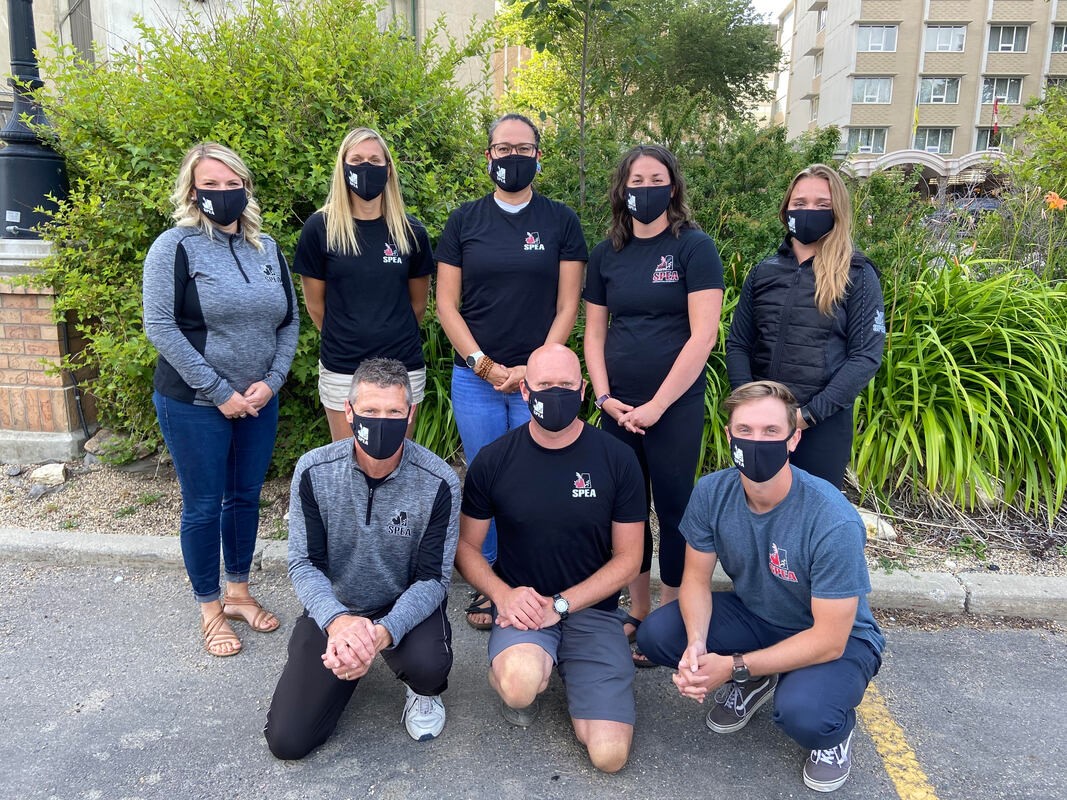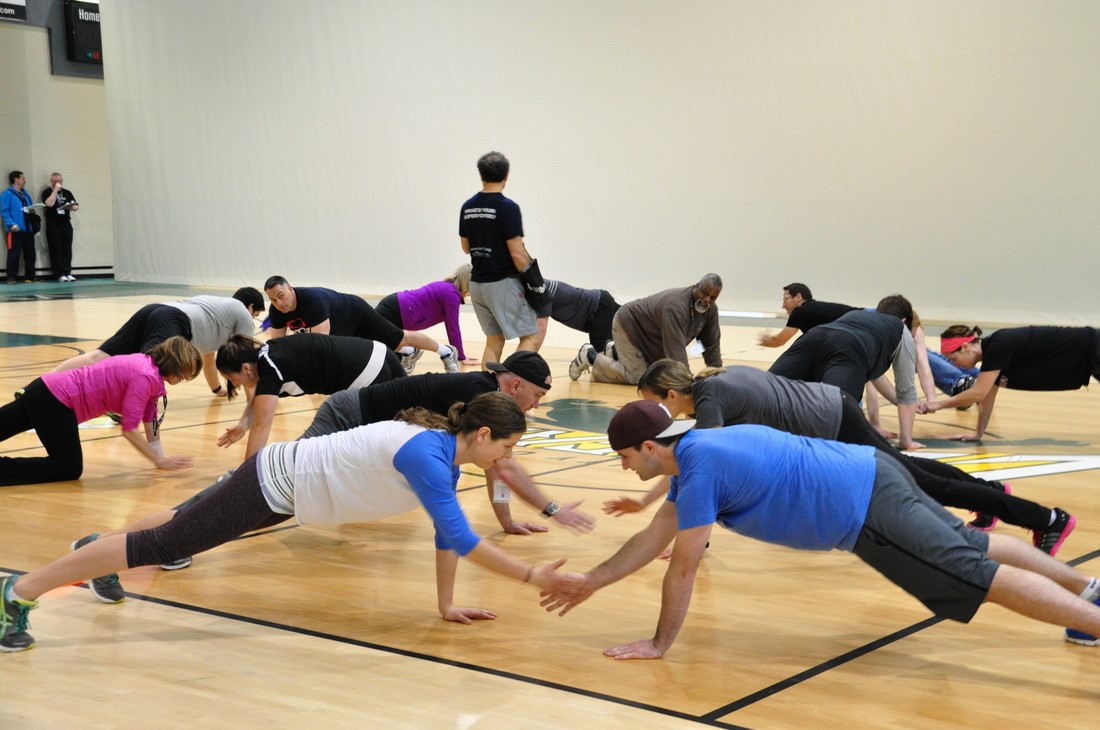Written by Courtney Saboe
It’s no surprise that the COVID-19 pandemic has affected the way we engage in physical activity. More and more people are realizing the benefits of being active and maintaining a healthy lifestyle. During a time when screens are now an essential part of the way we work and learn, physical educators are finding creative ways to keep their students active and engaged in physical activity. I had the pleasure to sit down (virtually) with Reg Leidl, Executive Director of the Saskatchewan Physical Education Association (SPEA) to talk about his thoughts on the current engagement of youth in physical activity and what SPEA is doing to help.
Who is SPEA? Saskatchewan Physical Education Association is a growth network of the Saskatchewan Teachers Federation. Their mandate is to advocate for physical education and support teachers of physical education and health in the province. SPEA works with teachers to advocate for Quality Daily Physical Education (QDPE) and ensure that every child gets physical education for 30 minutes per day in the curriculum. SPEA is one of SPRA’s 33 Provincial Recreation Associations, which means that they also meet the priorities and outcomes of the Recreation Section Strategic Plan.

What is SPEA doing to help promote leadership in youth? SPEA offers an annual workshop for university students called the Student Leadership Experience that takes place at Dallas Valley Ranch Camp. In addition to the Leadership Experience, SPEA promotes leadership by having a student representative on their Board and offers free memberships to students. SPEA is also involved with both Saskatchewan Universities and the Take The Lead! ® Program offered to Elementary school students through the Saskatchewan Parks and Recreation Association (SPRA). Along with these programs, SPEA holds an annual Conference, which University Students can be involved . This year’s Conference will be a series of virtual workshops running from February 16 to April 15.
As an educator, Leidl commented on three things he has noticed from his experience regarding youth and their engagement in physical activity since the pandemic started. The first thing he mentioned is families are playing together more. “In the online environment and in the schools, because of the lockdown and the restrictions, kids are playing with their parents, so I am seeing way more family activity. I am ecstatic about this because I believe that is a huge piece moving forward,” said Leidl.
Since online learning began, some youth who were more disengaged in physical education before the pandemic, have become some of the most engaged in class and are “flourishing now,” especially girls in grades 6-9. Leidl adds that this could be a result of less pressure of being around peers or classmates.
Finally, Leidl mentioned since more people are working out at home more people have taken personal responsibility for being active. Leidl says, “There is a deeper appreciation for these kids and they do appreciate physical activity and physical education. They understand that if you are happy and healthy, you are going to learn better, you are going to have better social relationships, and you are going to feel better about yourself.” This understanding extends to their mental health as well, Leidl notes. “In the online environment, kids really understand physical activity helps their mental health.”

What does the future hold for physical education and health? Leidl expects to see some youth wanting to continue with online learning, discovering ways to keep active outside, and placing a higher emphasis on health procedures within a school for things like safety procedures and personal hygiene.
Leidl offers this piece of advice for anyone teaching physical education or health to youth: “It takes a community to raise a child.”He applauds the recreation industry for what it’s doing, adding, “All of us are doing the same thing and we need to do more. Sometimes we get carried away with the elite programs and sometimes we just need to let kids be kids and provide more options for them to try different things.”
“Childhood shouldn’t be a race. If we can provide physical activity, recreation, and sport - the fun part of being a kid – then we are all working towards the same goals, it means happier, healthier children, which leads to happier, healthier communities,” said Leidl.
SPEA offers many resources for youth on their website that are continuously updated for educators. Some of the resources offered includes a First Nation and Métis Resource Kit which is tied to in-service and full of Indigenous games and equipment, as well as a resource kit called Vitamin N (or Vitamin Nature), which promotes outdoor play for youth. These kits and other resources are available through SPEA’s website.
To find out what else SPEA is doing and to check out their resources, please visit their website: https://www.speaonline.ca/.



